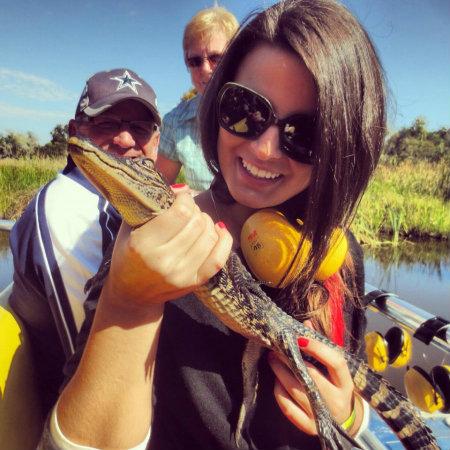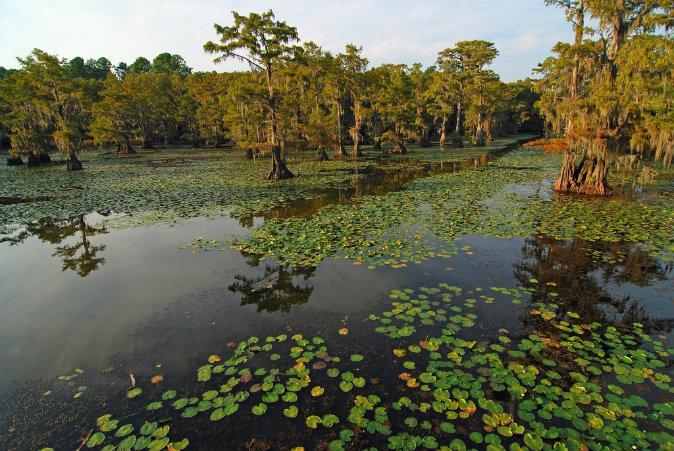Lance, the tour guide at Airboat Adventures in Lafitte, was so mesmerising and maybe a little crazy.
The only reason I’m calling him crazy is because he put pieces of chicken into his shorts’ pocket, plunged into the murky bayou waters, calmly swam toward an alligator, prompted him to open his jaws and placed the chicken pieces into his mouth.
He then kissed the alligator…on the lips! And, even more surprisingly, the alligator didn’t kill him. I like to believe that the alligator spared his life because of his southern charm.
The airboat tour along the bayou was one of my first activities during a three-day visit to Jefferson Parish, an area in Louisiana surrounding New Orleans.

Jovana Arnaut, My Destination

